Let Me Tell You a Secret from the Deep Sea
It starts in the ocean, but not in the way you’d expect. It is something, but calm. The chilly and dark depths of the ocean may be surprisingly boisterous. Unusual sounds echo through the darkness, disrupting the expected stillness. The deep ocean is a unique environment with strange and undefined noises. It’s unsettling, disorganized, and alive with music.
Table of Contents
The First Sound: Bloop
The U.S. NOAA had hydrophones in the Pacific. Military stuff. Listening for underwater activity. Then it happened.
A sound. Real low. Real loud. It got picked up by mics thousands of miles apart. They named it “Bloop.” Cute name. But not a cute sound.
At first, people thought, Whale? Giant squid? Monster? It had that organic feel. Like something alive. Something massive.
But the experts later said, “Nah, probably an icequake. Ice breaking off Antarctica. Cracking under pressure. Maybe. Maybe not.
It Didn’t Stop There
There’s more. There’s always more.
“Upsweep” came next. Same year. 1991 or around then. Long before Bloop. Sorry, the timeline’s messy.
It’s a weird one. Series of upsweeping sounds. Over and over. Like someone tuning a ghost guitar. Comes and goes. Seasonal, too. Like… what?
Scientists scratched their heads. Thought maybe underwater volcanoes. But no one’s certain. Still recorded today. Still unsolved.
Whistle, Julia, Slow Down…
Yeah, they all got names. Like ghost characters in a book that never ends.
The “Whistle” was short. Shrill. Mechanical-sounding. But it happened in the middle of nowhere. No ships around. No tech. So where’d it come from?
Then “Julia.” Heard in 1999. Long and echoey. Gave chills. They say it might’ve been an iceberg. Again with the ice.
And “Slow Down”—probably the creepiest name. It’s just this long moan. Seven minutes of slowly descending pitch. Like something’s falling. Or drowning.
All of them? Still doesn’t totally add up.
The Deep Sea Don’t Play
Most of the ocean—yeah, we haven’t even seen it. It’s huge. Pressure’s wild down there. Cold enough to freeze bones. And yet… full of life. Some are known; most are not.
We’ve explored less than 20% of the seafloor. That’s nothing. It’s like trying to explain a novel by reading one page.
Sound travels fast in water. Loud, too. It bounces. Warps. It gets weird. So even when they record something, figuring out where it came from is a nightmare.
Monsters? Maybe.
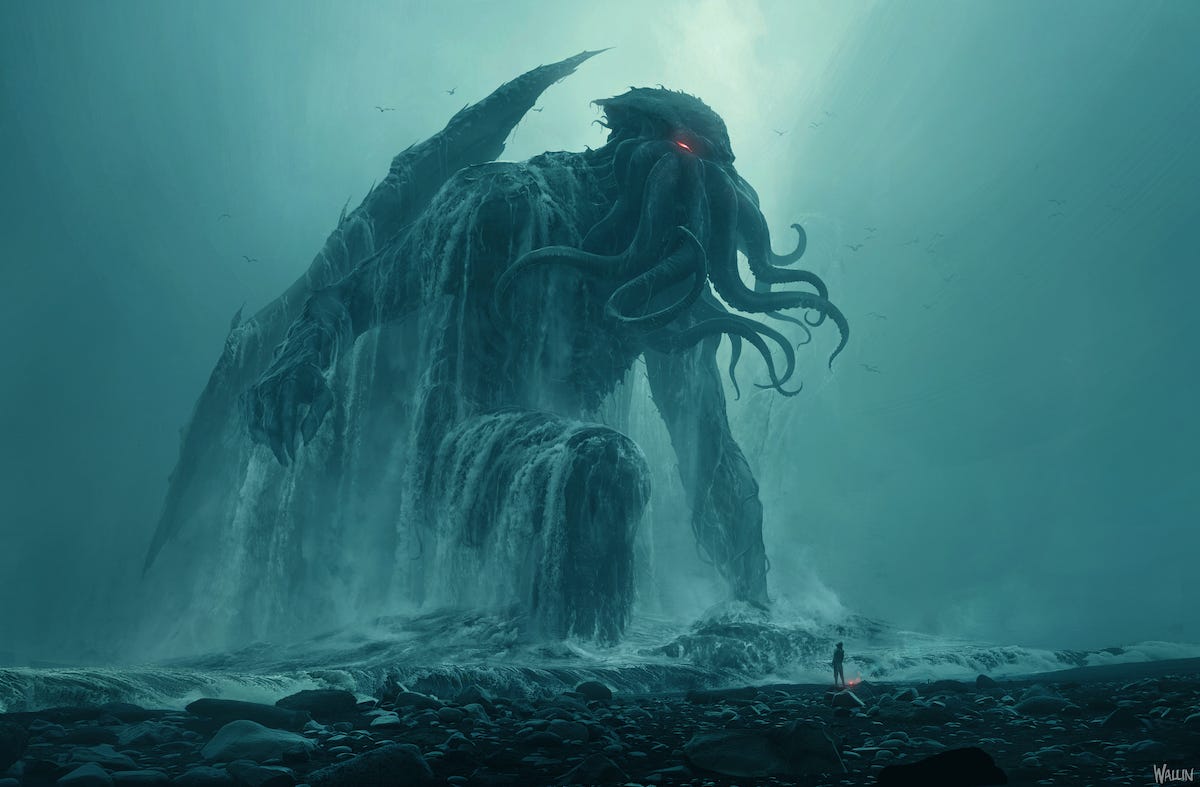
Look. People love monsters. You hear “unexplained noise,” and the brain goes straight to the Kraken. Or some ancient sea god rising from a trench.
The Bloop? Some said it came from near where Lovecraft’s city R’lyeh would be. You know—Cthulhu (Cthulhu is a fictional, god-like entity created by horror writer H. P. Lovecraft) territory.
It’s dumb. But also kind of awesome. Not saying monsters are real. But like… we can’t say they aren’t, either. That’s the freaky part.
Scientists Keep Listening
NOAA’s still at it. Other ocean researchers, too. They got hydrophones all over. Collecting data. Recording stuff 24/7.
They’re using AI now. Machines that can pick out patterns. Try to ID the unknown. We’re getting better. Smarter.
But the ocean? It’s still louder than our understanding.
Sometimes a sound just doesn’t make sense. And the people listening? They just stare at waveforms, shrug, and say, “We don’t know. Not yet.”
Why It Sticks With Us
It’s not just science. It’s a story. It’s fear. Wonder.
Something about the ocean taps into old parts of the brain. Ancient stuff. Sailors feared the deep. Thought it had voices. Demons. Songs that pulled you under.
Now we have machines instead of ships. And we still don’t get it.
That’s… kind of amazing.
Final thought?
The deep sea is talking.
We’re just not fluent yet.
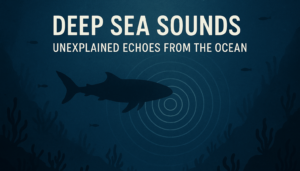
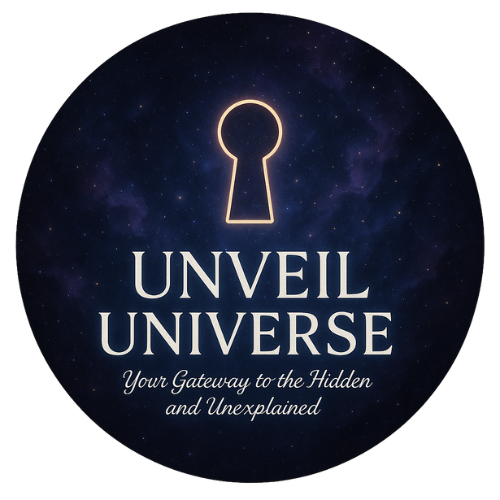
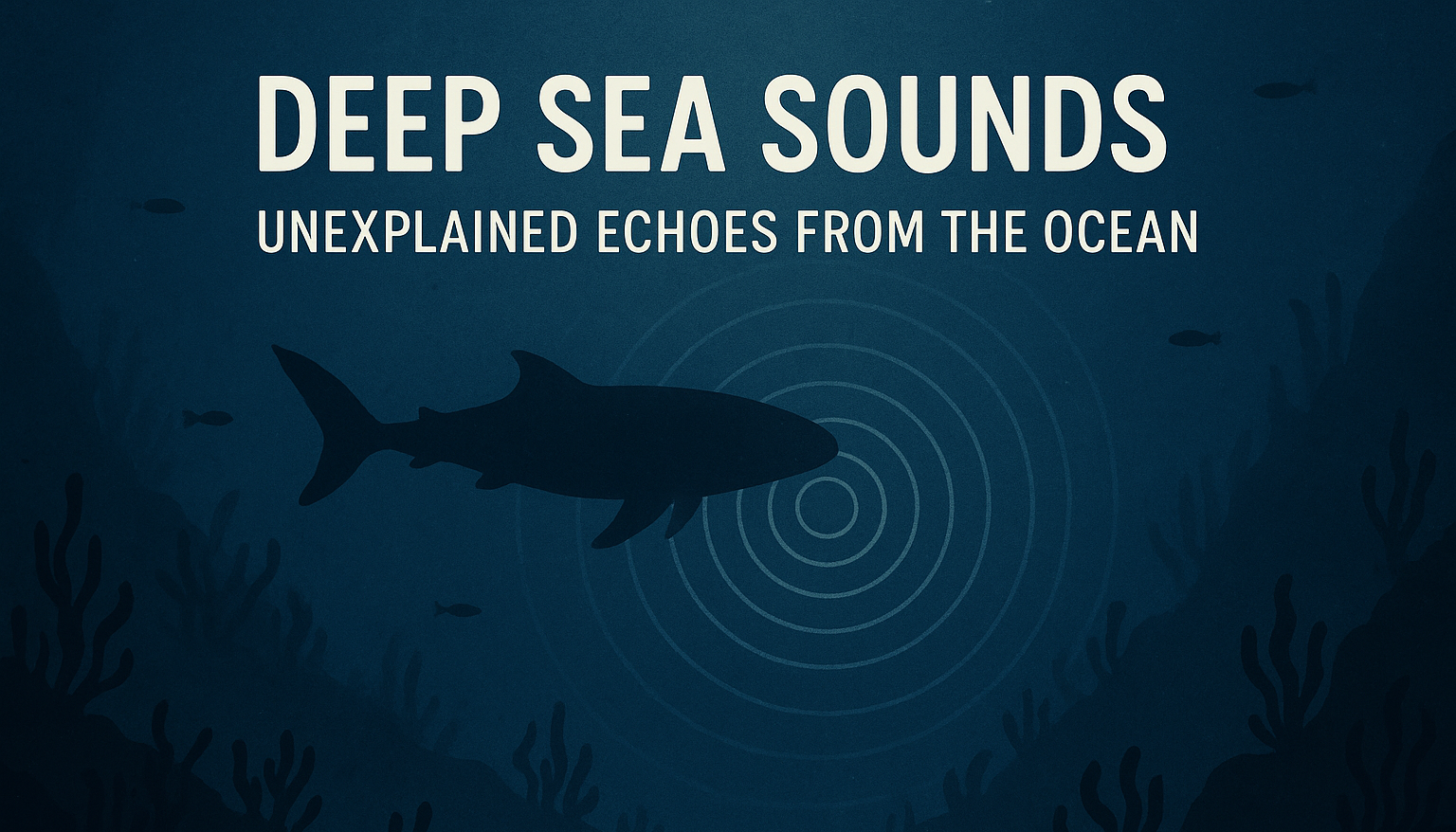

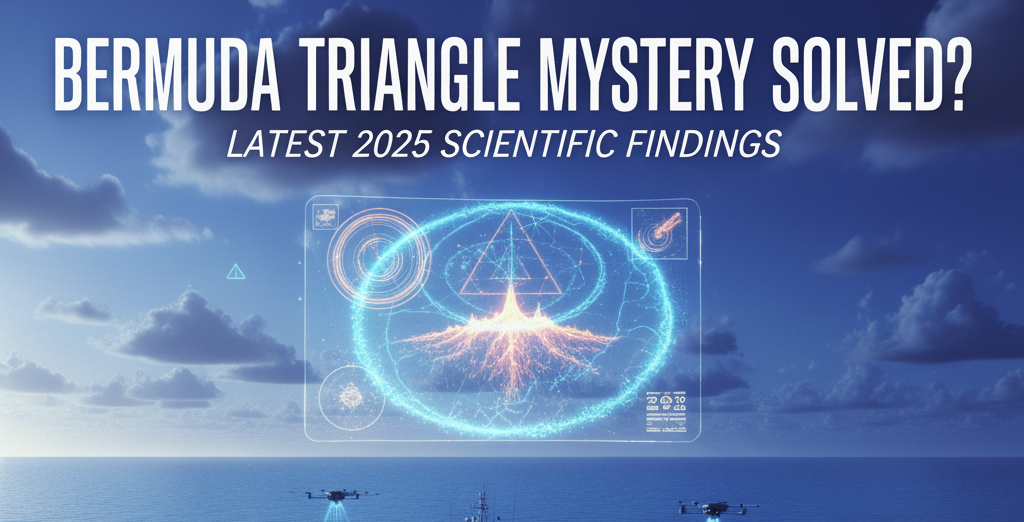

Great Info…